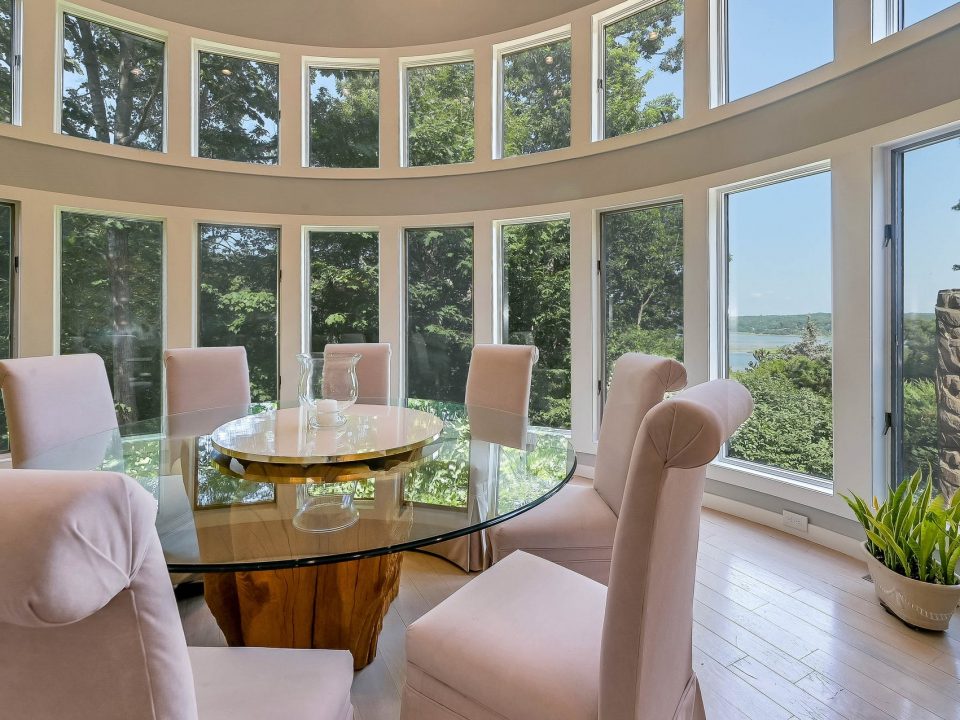THE HOT NEW HOME ACCESSORY?
As severe weather creates power outages, back up generators are the hot new home accessory!
PRO TIPS ON PORTABLE AND STANDBY GENERATORS:
PORTABLE GENERATORS
COST: Hundreds
INSTALLATION: None
FUEL: Gasoline (sometimes propane, diesel or batteries)
LOCATION: Operate it outdoors and run power cords into your house
PROS: Relatively inexpensive
CONS: Doesn’t supply power to whole home
STANDBY GENERATORS
COST: Thousands
INSTALLATION: By a professional
FUEL: Natural gas or liquid propane
LOCATION: Installed outside the home
PROS: A standby unit can sense an outage and supply power automatically
CONS: Expensive
WORTH THE EXPENSE?
Don’t count on making your money back on a whole-home generator when you sell your house. According to a study by Remodeling,, the equipment will increase the value of your home on average only by a little over 50 percent of the cost of the generator. But there’s a lot more to consider as power outages are on the rise. Also some homeowners may not afford to have the power out, as they may need to refrigerate medicines or have medical needs at home.
HOW THEY WORK?
Standby generators connect to the utility grid with a switch that kicks on when the grid goes down, usually within seconds. They can either uses the home’s gas supply (whether propane or natural gas) to fuel the generator and create electricity. Generators are typically housed in a metal box in the yard, with underground connections to the gas and electrical lines that must be installed by licensed professionals.




